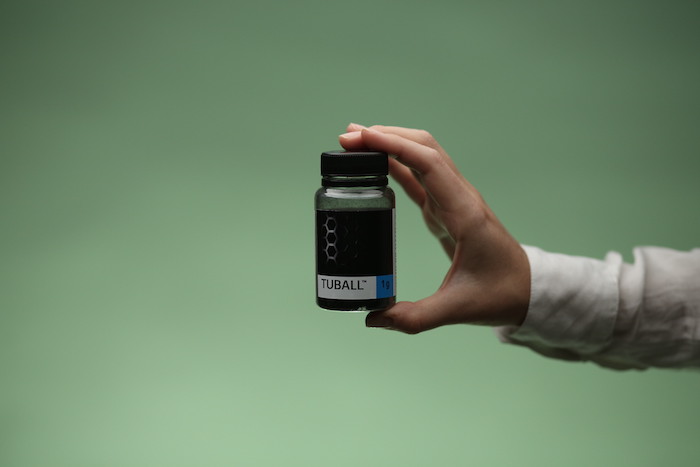
Due to the ongoing fundamental transformation of the automotive industry, increasingly stringent environmental requirements, and the transition to electric vehicles, automakers around the world are demonstrating a keen interest in new polymers with nanomaterials. The modification of plastics with graphene nanotubes leads to impressive results in anti-friction and anti-wear coatings, as well as exterior parts painted using the electrostatic painting method.
A western European manufacturer of composite materials, has developed and introduced a number of nanocomposite polymer materials using TUBALL™ graphene nanotubes synthesized by OCSiAl. One of its latest developments is a nanomodified glass-filled polyamide 6.6. Introducing as little as 0.15 wt.% of TUBALL™ MATRIX 800s grade (a concentrate of graphene nanotubes) into polyamide results in the insulation resistivity of 106 to 108 Ω cm required by the industry standards, while the strength properties of the material are retained.
Introducing nanotubes into polyamide drastically changes its properties, including making it electrically conductive, which allows manufacturers to use it on a standard line for painting plastic parts. This significantly reduces the cost of production, making it more efficient and environmentally friendly. Unlike previously used technological methods, the nanomodification of polyamide ensures a constant resistivity level and does not have an adverse effect on the material’s durability.
The production of car exterior parts made of fiberglass-filled polyamide with graphene nanotubes is an innovative solution for the automotive industry. Technologies for introducing graphene nanotubes into various polymers including polyethylene, polypropylene, and ABS plastic are also being developed today. Another current area of development is nanomodification of polypropylene for reduced-weight electric vehicle components.
